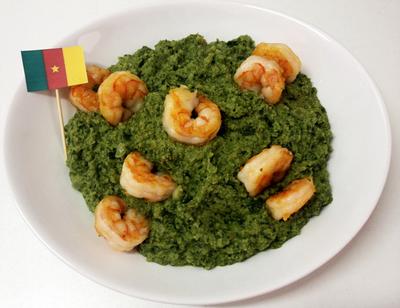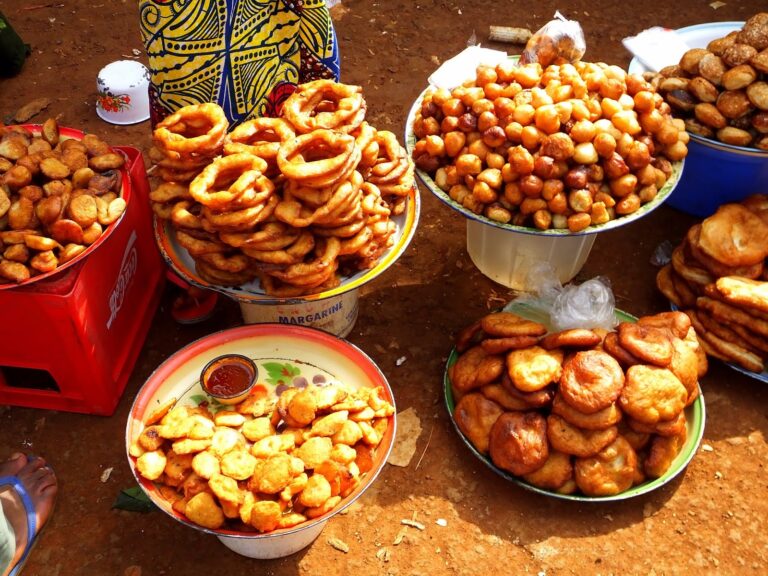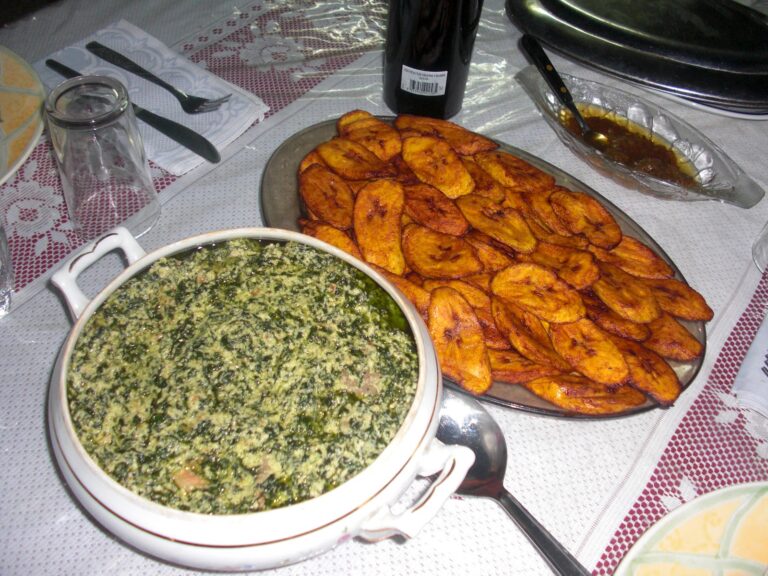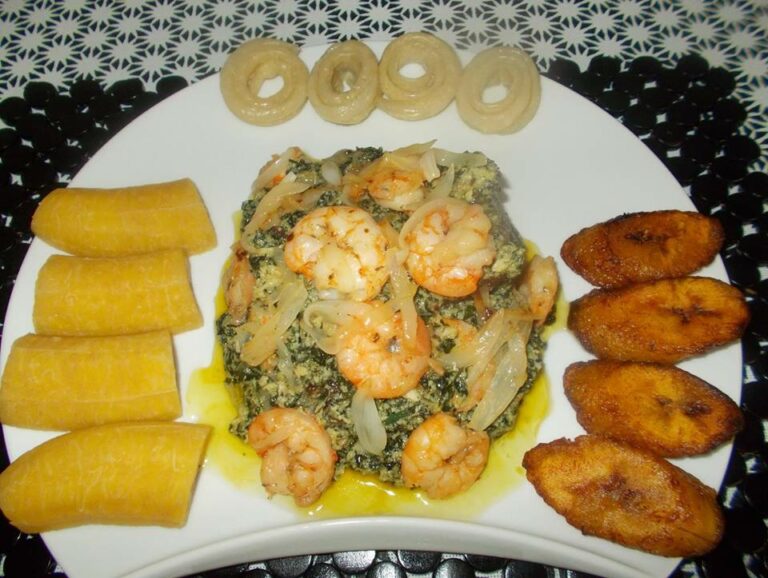Introduction: Street Food in Cameroon
Street food is an integral part of the culinary culture in Cameroon. From roasted plantains to grilled meat and fish, street vendors offer an array of delicious and affordable food options to locals and tourists alike. However, with the increase in urbanization and population growth, concerns about the safety and hygiene of street food have become more pressing.
The Importance of Hygiene in Street Food
Ensuring the hygiene and safety of street food is crucial for the health and wellbeing of consumers. Poor hygiene practices by street vendors can lead to the spread of foodborne illnesses such as cholera, typhoid fever, and hepatitis A. In addition, contaminated food can cause other health problems such as diarrhea, dehydration, and malnutrition. Therefore, it is essential to maintain high standards of hygiene in the preparation, storage, and handling of street food.
Government Regulations on Street Food Safety
The government of Cameroon has established regulations to ensure the safety and hygiene of street food. The Ministry of Public Health is responsible for enforcing these regulations, which include guidelines on food preparation, storage, and handling, as well as hygiene practices such as handwashing and using clean utensils. In addition, street vendors are required to obtain a health permit from the local authorities before they can sell their products.
Common Food Safety Risks in Street Food
There are several food safety risks associated with street food, including contamination by pathogens such as bacteria, viruses, and parasites. Factors that can contribute to contamination include inadequate handwashing, unclean equipment and utensils, and unsanitary food storage conditions. Other risks include the use of expired or contaminated ingredients, exposure to environmental pollutants, and inadequate cooking or reheating of food.
How to Identify Safe Street Food Vendors
Consumers can take steps to identify safe street food vendors. Look for vendors who have a clean and organized workspace, use clean utensils and equipment, and wear gloves when handling food. Avoid vendors whose food is sitting out in the sun or on dirty surfaces. Also, pay attention to the number of customers at a vendor’s stall. A busy stall with a high turnover of food is likely to have fresh, safe products.
Tips for Safe Street Food Consumption in Cameroon
To reduce the risk of foodborne illnesses from street food, follow these tips:
- Choose vendors who have a clean and organized workspace.
- Watch the food preparation process and avoid vendors who handle food with bare hands or have unsanitary practices.
- Eat food that is served hot and avoid food that has been sitting out for a long time.
- Choose well-cooked and well-done meat and fish.
- Avoid raw fruits and vegetables that have not been peeled or washed.
- Use hand sanitizer or wash your hands before and after eating.
The Role of Consumers in Ensuring Food Safety
Consumers have an important role to play in ensuring the safety of street food. They can report any suspicious practices or unsafe conditions to local authorities. They can also educate themselves about the risks and take preventive measures to protect themselves from foodborne illnesses.
Conclusion: Enjoying Safe and Delicious Street Food in Cameroon
Street food is an important part of the culinary culture in Cameroon, but consumers must be vigilant about ensuring its safety and hygiene. By following basic food safety practices and being aware of the risks, consumers can enjoy the delicious and affordable street food that Cameroon has to offer.










